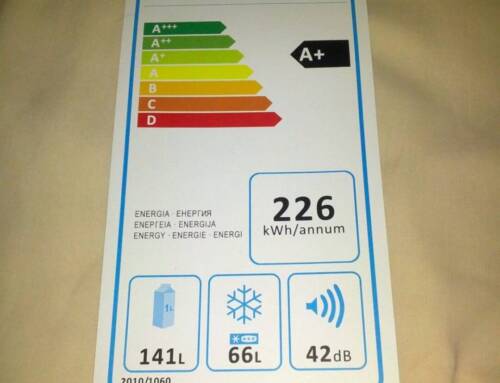>
It was quite enlightening. The Passivhaus energy standard is the focus to: “dramatically reduce the requirement for space heating and cooling, whilst also creating excellent indoor comfort levels. This is primarily achieved by adopting a fabric first approach to the design, specifying high levels of insulation to the thermal envelope with exceptional levels of air-tightness and the use of whole house mechanical ventilation.”
Some of the basic principles:
- good levels of insulation with minimal thermal bridges
- passive solar gains and internal heat sources
- excellent levels of air-tightness
- good indoor air quality, provided by a whole house mechanical ventilation system with highly efficient heat recovery
The process of heating and cooling centres around the Mechanical Ventilation and Heat Recovery unit (MVHR). Heating and cooling also relies on the ventilation within the house. Heating and cooling occurs naturally (I think) due to the design of the building, the materials used and the MVHR. Passivhaus aims to rid the need of a conventional heating system in the building.
Here comes the good bit. A Passivhaus can save you over 90% on your heating! The first Passivhaus was built in Germany in 1991, and recent tests show that the energy performance of the building was just as good now as when it was built 21 years ago! Imagine the savings everyone would make! Energy companies certainly won’t be too pleased!
So here’s my thinking. Are we building our houses in this country all wrong? The diagram above shows the requirement of triple glazing for the windows in the property. Well this is already available for people to buy. Heat ground exchangers are again already available. In fact pretty much everything in that diagram is available for builders to use when developing their new housing estates. So why aren’t we?
Probably cost. House builders are notorious for putting in the cheapest possible materials to make the fattest profit margins possible. Nothing wrong with that. But perhaps a few of them could re-focus with a Passivhaus feel, making their homes more sustainable. They could probably demand a slightly larger price for the properties, while explaining to the customer that the extra cost now will be more than off-set by the energy savings made by the super-efficient measures built within the home.
I also think the Government needs to get properly behind this energy standard. I’m sure if more and more houses were built to the Passivhaus standard, their carbon emissions targets will be more achievable and reduce the overall carbon footprint of the country.
Energy bills are some of the biggest costs people have to endure on a quarterly or monthly basis. Any measure which aims to reduce significantly the amount of heat used and proven to do so should be seriously looked at.
This is my first foray into the world of Passivhaus, so apologies if there are any details wrong or if I have missed something vitally important out. Please pull me up on it and leave a comment.
Much more info on Passivhaus can be found at: http://www.passivhaus.org.uk/index.jsp






>do we need to look at Pasivhaus or continue with our own version (Code for Sustainable Homes) that is the real question.
>Just wondering: does the UK offer tax breaks when people purchase green housing materials/windows/doors, etc? In the US, if you implement these types of things in your house, you get a tax break. So everyone has been installing new windows, etc.
>Great post – just think how soon you will have saved enough to pay off your mortgage!! A wise investment if you can afford it.
>Michael – haven't really looked at the code for sustainable homes, but I shall in the morning and report my opinions back. Jessica – no we don't have an incentive scheme or tax break for things like that at the moment. We do have something called the Green Deal which aims to provide loans to homeowners to help purchase home improvements, but this won't be until this October. Hows your guest post coming along? Windows cornwall – would have to save a lot to be able to pay the mortgage, but should help put a good chunk towards it! Thanks… Read more »
>I read an article about this recently (unfortunately I can't remember where it was, so I can't give you the link). A couple of facts and figures stood out. 1. At the moment it costs roughly £13k extra to build a PassivHaus home instead of an equivalent 'standard' home. 2. You'll save, on average, 80% of your energy costs as a result. 3. Over 20 years, the savings you make on energy won't cover the initial outlay for PassivHaus. It ends up costing you around 50p per day, or somewhere between £3.5k and £4k. So it seems that – currently… Read more »